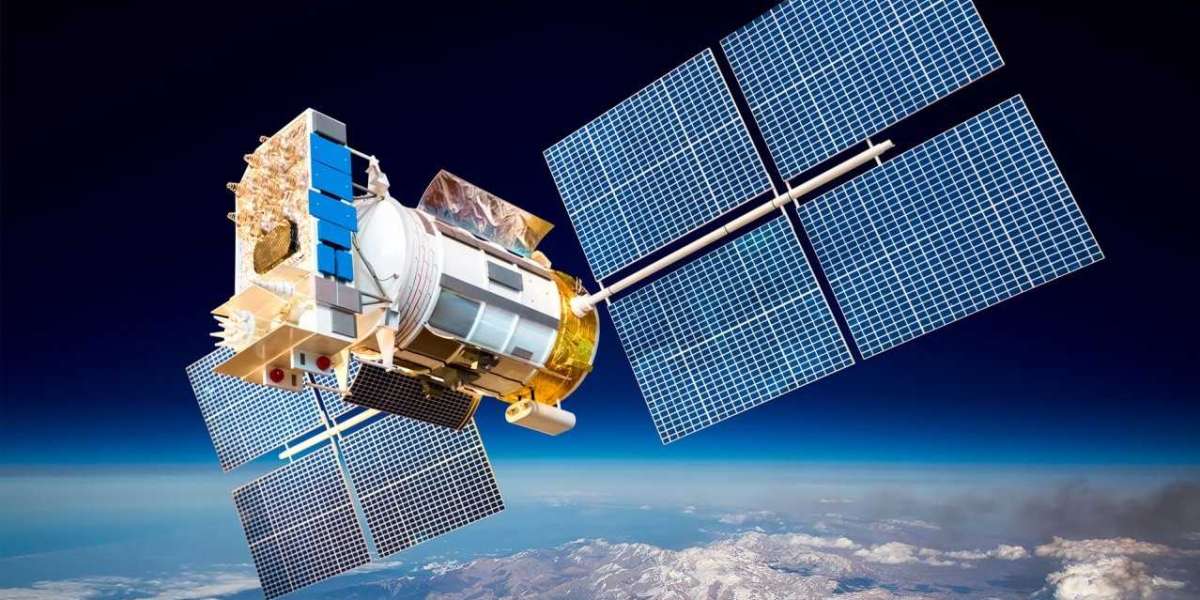Quick Overview of Satellite Solar Cells
Satellite solar cells, also known as photovoltaic cells or solar panels, are crucial components in satellite technology, serving as the primary source of power generation in space. These cells convert sunlight into electrical energy through the photovoltaic effect, wherein photons from sunlight strike the semiconductor material within the cells, creating an electric current.
Key Features:
- Efficiency: Satellite solar cells are designed to maximize energy conversion efficiency, allowing satellites to generate power even in low-light conditions encountered in space.
- Lightweight: To minimize the overall weight of satellites and enable efficient deployment into space, solar cells are typically lightweight and thin.
- Durability: Solar cells used in satellites are engineered to withstand harsh conditions in space, including extreme temperatures, radiation, and vacuum environments.
- Flexibility: Some satellite solar cells are flexible, allowing them to conform to the shape of the satellite's surface and maximize the surface area available for power generation.
Download PDF Brochure: https://www.marketsandmarkets.com/pdfdownloadNew.asp?id=62990349
Applications:
- Power Generation: Satellite solar cells provide the primary power source for various satellite functions, including communication, navigation, Earth observation, and scientific research.
- Energy Storage: Solar energy generated by these cells is often stored in rechargeable batteries or capacitors onboard satellites to ensure continuous power supply during periods of eclipse or when sunlight is unavailable.
- Longevity: Properly designed and maintained satellite solar cells can provide reliable power generation throughout the satellite's operational lifespan, which can extend for several years or even decades.
Market Analysis
The satellite solar cell materials market is projected to reach USD 96 million by 2030, at a CAGR of 13.7% from USD 44 million in 2024. Demand from driving factors like space exploration plays a pivotal role in fueling the satellite solar cells market. The demand for sophisticated technologies, such as satellite solar cells, arises from the necessity for efficient power generation in space missions.
Growth Drivers
The satellite solar cell materials market growth is primarily fueled by:
- Increasing space exploration and deployment of satellites
- Development of space technology
- Growing need of satellites for scientific research and communication
Get Sample Copy of this Report: https://www.marketsandmarkets.com/requestsampleNew.asp?id=62990349
The key players in this market are SPECTROLAB(US), AZUR SPACE Solar Power GmbH (Germany), ROCKET LAB USA (US), Sharp Corporation (Japan), CESI S.p.A (Italy), Thales Alenia Space (France), AIRBUS (France), MicroLink Devices, Inc. (US), Mitsubishi Electric Corporation (Japan), Northrop Grumman (US), etc. These companies are strong in their home regions and explore geographic diversification alternatives to grow their businesses. They focus on increasing their market shares through new product launches and other expansions.
Segmental Analysis
On the basis of Material Types
- Silicon
- Copper Indium Gallium Selenide (CIGS)
- Gallium Arsenide (GaAs)
- Other Material Types
On the basis of Application
- Satellite
- Rovers
- Space Stations
- Others
On the basis of Orbit
- Low Earth Orbit (LEO)
- Medium Earth Orbit (MEO)
- Geostationary Orbit (GEO)
- Highly Elliptical Orbit (HEO)
- Polar Orbit
On the basis of Region
- North America
- Europe
- Asia Pacific
- Rest of World
Get 10% Customization on this Report: https://www.marketsandmarkets.com/requestCustomizationNew.asp?id=62990349
Regional Overview
To offer an in-depth market understanding, the research report covers all the major regions and sub-regions of the market. North America leads the market for solar cell materials owing to its strong presence in satellite deployments and space technology. The Asia Pacific region is expected to be the fastest growing region owing to increased investment in space technology in the region.
Recent Developments
- CESI S.p.A made an agreement with Italian Space Agency (August 2023): Italian multinational CESI and the Italian Space Agency have entered into a significant agreement valued at over USD 14.06 Million to support the Space Factory project. With the agreement, CESI is poised to expand its production capacity for solar cells designed for space satellites.
- Thales Alenia Space (February 2023) launches a product: Thales Alenia Space recently concluded the assembly and testing phase for an engineering model of the solar array designed for their Space INSPIRE product line.
- ROCKET LAB USA (March 2022) launches a product: Aerospace manufacturer and small satellite launch company, Rocket Lab introduced a novel space-grade solar cell derived from the cell technology pioneered by Solero, a space solar cell manufacturer acquired by Rocket Lab.
- Airbus invests in Solestial (October 2022): Solestial, a Tempe, Arizona-based company specializing in solar energy solutions for space applications, successfully concluded a funding round, securing USD 10 million in investments with Airbus Ventures taking the lead.
- ROCKET LAB USA Acquires SolAero Holdings, Inc. (January 2022): Rocket Lab USA, Inc. successfully finalized the previously disclosed acquisition of SolAero Holdings, Inc. (SolAero).



